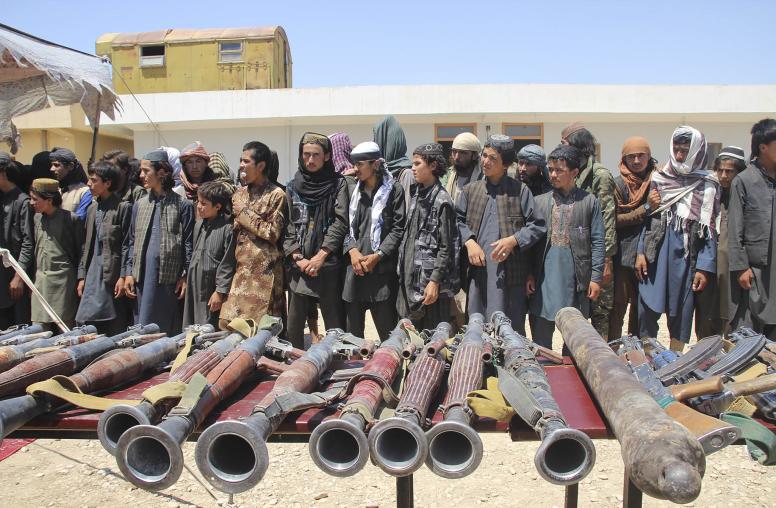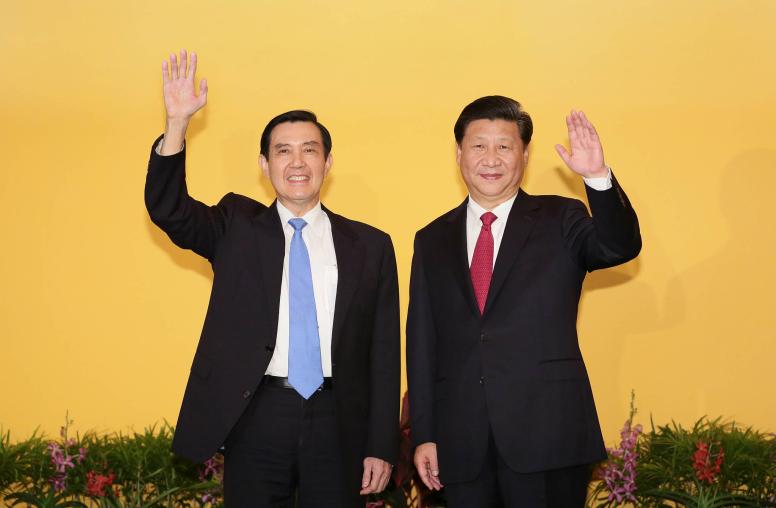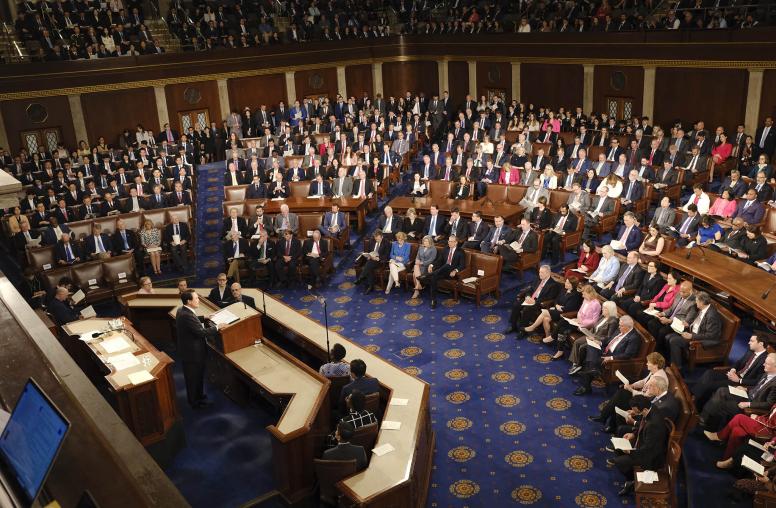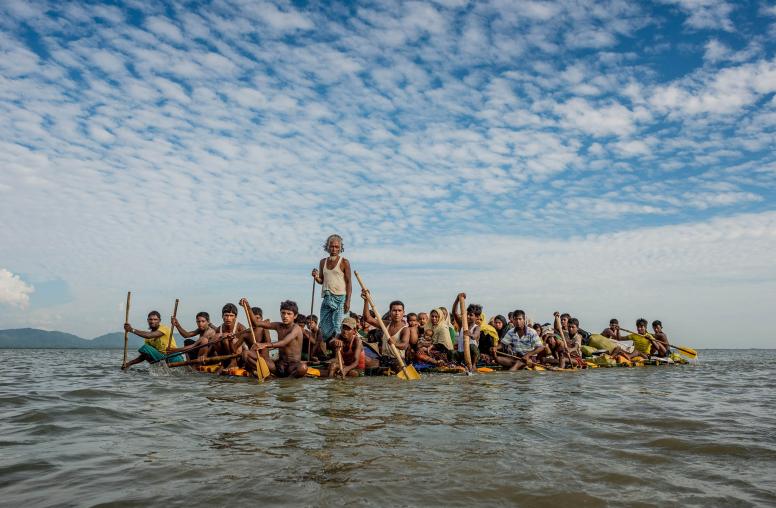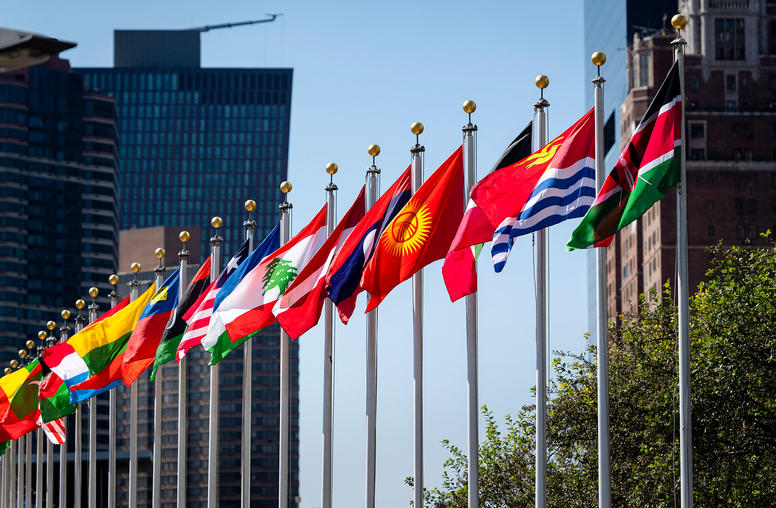Four Lessons for Cease-fires in the Age of COVID
The pandemic has reinforced key insights on achieving humanitarian cease-fires and brought new challenges to the fore.
During his opening remarks at the 75th U.N. General Assembly, Secretary-General António Guterres renewed his appeal for a global humanitarian cease-fire, urging the international community to achieve one in the next 100 days. But in the roughly 180 days since his initial appeal, most conflict parties have not heeded the secretary-general’s plea. What can peacebuilders do to advance the secretary-general’s call? Four key lessons have emerged over the last six months on how cease-fires can be achieved—or stalled—by COVID-19.
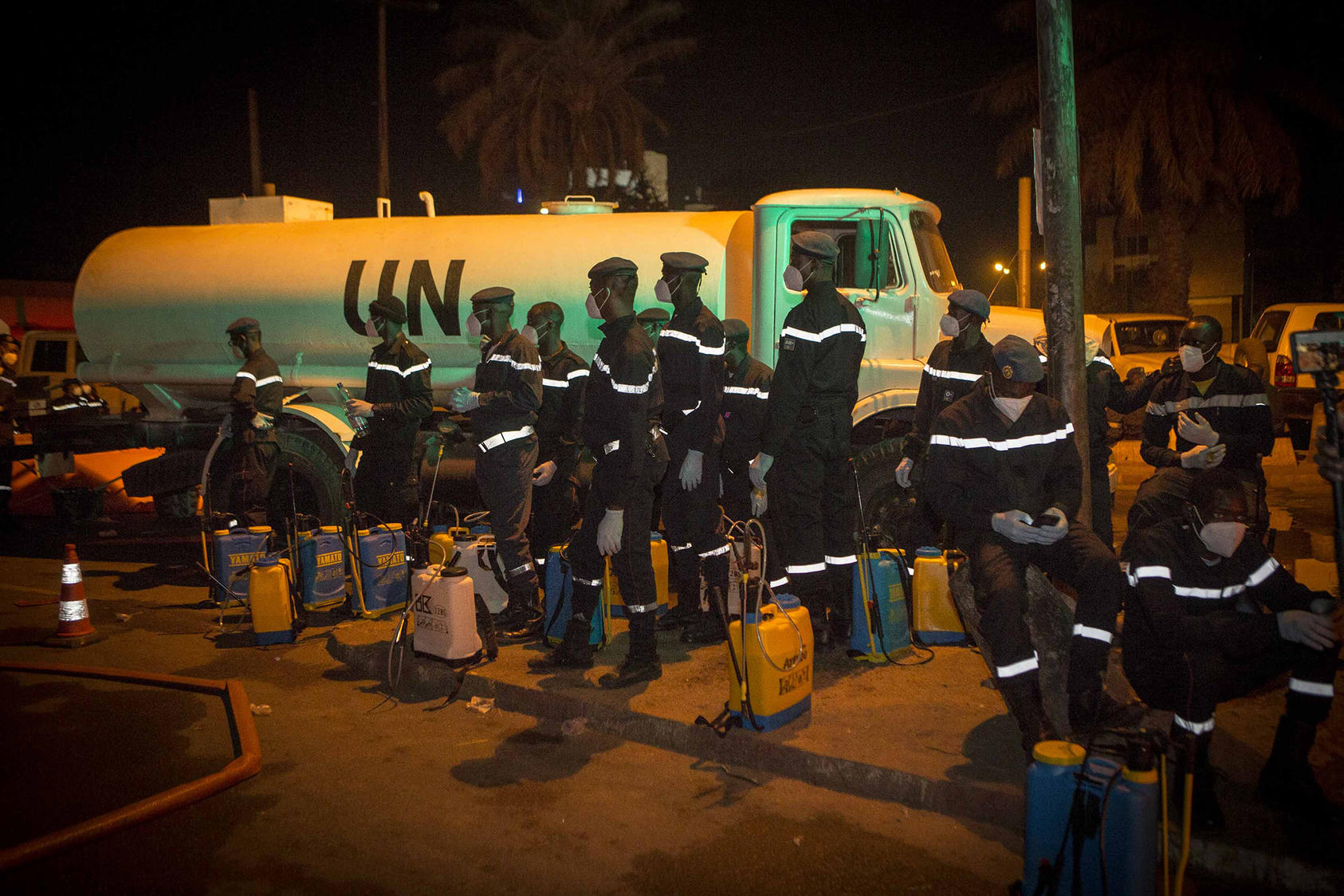
Lesson 1: COVID adds another layer to the considerations of warring parties but does not fundamentally change their calculations.
In brokering humanitarian cease-fires, party interests—not COVID-19 considerations—still prevail. Continued stalemates between conflict parties in Libya, Yemen, and Ukraine demonstrate this point. Modern-day conflicts are often the products of “years of fighting and entrenched animosities and grievances,” said Roxaneh Bazergan of the United Nations’ Mediation Support Unit at an event hosted by USIP. These grievances will not necessarily dissipate with the addition of a new conflict dynamic, so any cease-fire attempt must address the strategic interests of conflict parties if they are to be successful. In practice, this means mapping the parties’ short- and long-term goals—noting where COVID may have shifted motivations—and developing a tailored approach to convince them to enter negotiations.
When armed groups have made direct appeals for a COVID-19 cease-fire it was because it benefited their existing interests. “COVID-19 may be a useful peg,” said University of Edinburgh Professor Christine Bell, meaning a motivation to cite for coming to the table, but the fundamental priorities of negotiators remain unchanged. While the virus may not fundamentally shift the calculations of conflict parties, it may be manipulated as a means of securing leverage over an adversary, said USIP’s Tyler Thompson, the author of a recent report assessing COVID-19 cease-fires. In Myanmar, for example, the national military (the Tatmadaw) has used its virus-response efforts to undermine the territorial authority of the numerous ethnic-armed organizations engaged in the conflict.
Endorsing the cease-fire call or temporarily halting violence to deliver humanitarian aid may allow a group to claim moral high ground, often at the expense of the opposing party. This tactic has been employed by small armed groups attempting to boost legitimacy, such as the Southern Cameroon Defense Force. “Everything is still seen through a political prism,” Bazergan said, and despite the global call, we have not yet seen groups equate “solidarity with self-interest.”
In some conflict zones such as Cox Bazar in Bangladesh, COVID-19 is seen as a “European or developed country disease,” said Bell. This can foster suspicion of international actors delivering on-the-ground aid —a perception that complicates efforts to broker peace, as conflict parties may feel pressured to distance themselves from international mediators and guarantors.
Lesson 2: Wherever possible, support local efforts to build peace.
Localized approaches to conflict resolution are now widely accepted as the gold standard for building peace. With aid workers, mediators, and cease-fire guarantors physically unable to reach the negotiating table due to lockdown restrictions, the pandemic further reinforces the need for locally driven peacebuilding.
Local peacebuilders are best placed to achieve peace, as those closest to the conflict know best the dynamics empowering or hindering peace in their community. Thompson suggested this makes them “key sources of pressure to pause violence.” But as the pandemic has forced international donors to turn inwards and address problems at home, resources to support local peacebuilders and civil society actors have dried up. “There are powerful voices leveraging community action around cease-fires,” Bazergan said. “The international community needs to be focused on supporting them.”
Such support must always begin with “listening and understanding how people see their local needs,” said Bell. Emphasis should be placed on helping local actors, especially women and girls, do their work safely. Yet none of the cease-fires brokered during the pandemic have referred to gender explicitly. In supporting local efforts to build peace, the international community should consider the gender dynamics of conflict, such as the prevalence of sexual violence, and seek avenues for strengthening the resiliency of women and girls.
Lesson 3: A humanitarian cease-fire alone will not guarantee lasting peace, but it may be a building block.
Humanitarian cease-fires should be considered successful if they achieve immediate humanitarian goals, such as the delivery of essential food and medical supplies. “Humanitarian cease-fires rarely set the stage for substantive negotiations, and nor are they intended to,” said Thompson. Conflating humanitarian assistance with a political agenda may be detrimental to longer-term peacebuilding efforts, noted Bazergan. If humanitarian aid becomes overly politicized, relief could be weaponized by warring parties as a means of securing leverage over an adversary. For this reason, the pandemic has led to the proliferation of unilateral cease-fire declarations. Of the humanitarian cease-fires brokered during COVID-19, 16 were unilateral and only three were bilateral or multilateral. In the Philippines, President Duterte declared a unilateral cease-fire that was unmatched by the New People’s Army, the armed wing of the communist party. In Nigeria, however, inter-communal leaders managed to build upon previous cease-fire efforts to broker a multilateral agreement resolving farmer-herder conflict in Benue state.
However, if actors do manage to cooperate on the provision of aid, humanitarian cease-fires may have an added benefit of building trust between negotiating parties, such as the Taliban and the Afghan government. In this sense, the pandemic may offer an opportunity to “explore or resuscitate a peacemaking channel,” said Bazergan. If a party was seeking an avenue for building good faith or legitimacy prior to COVID-19, humanitarian cooperation could offer a way in.
Lesson 4: Don’t expect the U.N. Security Council to save the day.
Months of partisan squabbles between major powers severely delayed the passage of Security Council Resolution 2532, with member states prioritizing national interests above collective efforts to promote international peace and security. Ashish Pradhan, a U.N. analyst at the International Crisis Group, said that the secretary-general’s cease-fire appeal exposed the Security Council’s worst tendencies: “It’s not so much about the cease-fire but [about] what sorts of concessions you can get for your friends and allies.”
Amid Security Council sclerosis, U.N. member states should look to the U.N. Secretariat and the network of professionals to sustain cease-fire pressure. Pradhan said that the best prospect for re-energizing the cease-fire call is for the secretary-general to mobilize his envoys and staff around the world. Bazergan said she has witnessed a “big and ongoing push by U.N. envoys and missions around the world to move toward cease-fires.” Instead of hoping for another lofty Security Council resolution and coordinated international pressure, member states should use their influence and channels to empower conflict parties to come to the table.
